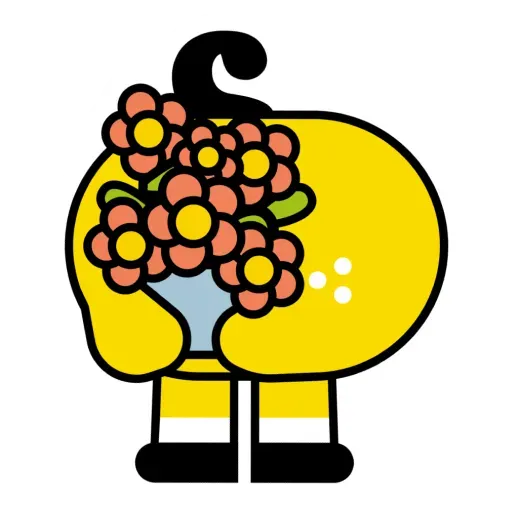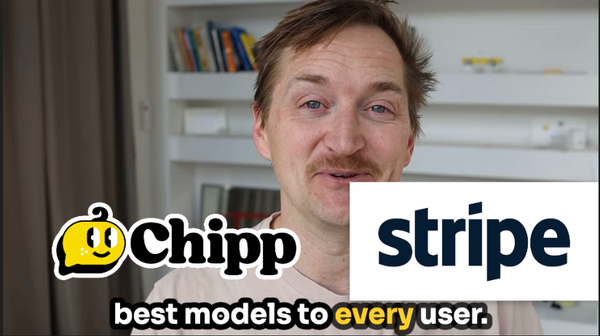If you’ve ever reached for an org chart to help decipher who does what in your company, let me offer a sober truth: you’re only seeing a fragment of the real story. In all my years consulting, “every single one of them”—no exaggeration—either contained inaccuracies or simply didn’t reflect the daily reality.
Why does this happen? Because org charts are static blueprints, while organizations are dynamic, living systems. As I like to put it, “as soon as you print it, it’s out of date.” People change roles, projects form and dissolve, and responsibilities are quietly accumulated or let go. The chart, meanwhile, stays frozen in time—a snapshot, not a living map.
The Real (Invisible) Organization
Org charts usually plot a single manager for every employee, cleanly sorted into hierarchy. But real life is much more interesting: a network of overlapping roles, informal collaborations, and hidden lines of communication.
I often begin engagements by looking at an official org chart—boxes, colors, formal titles neatly arranged. Then, I’ll ask simple questions:
- “If something breaks and needs fixing today, who gets the call?”
- “When a new opportunity comes up, who rallies the team or takes the initiative?”
- “Whose input do people secretly trust, even if they aren’t on the leadership team?”
The list that comes back is rarely what the chart would have predicted.
Relationships, reputation, trust, and chance encounters shape the actual flow of work and influence. There are often key people who act as the informal “glue”—the connectors, mentors, and troubleshooters nobody thought to put in their formal job description.
You can’t see this with boxes and lines. The org chart doesn’t record trust, grit, or those moments in the hallway where truly important conversations happen.
What Leaders Actually Need to Know
The most effective leaders I’ve worked with share a curiosity about these invisible networks. Instead of simply defending the chart, they ask:
- Who are the informal connectors—those through whom information, support, and feedback reliably flow?
- Where do real decisions happen—sometimes far from the “formal” decision-maker?
- Which workloads, projects, or relationships are only held together by a few irreplaceable people? What happens if those people leave or burn out?
- Are there isolated teams or individuals who could contribute more—if only the organization’s wiring better supported them?
These are questions an org chart won’t answer. But ignoring them means missing vital signals about organizational health and resilience.
How AI Fills the Gap
This is where modern tools, including AI, can dramatically help—not by replacing managers’ judgment, but by providing another lens.
By examining real-world patterns—in communication (again, with respect for employee privacy), in project collaboration, in how and where people offer support—AI can reveal:
- Central nodes in your network: those people who consistently connect others and solve problems.
- Bottlenecks: places where approvals or resources get stuck.
- Unseen talent: people whose contributions deserve more recognition or responsibility.
Instead of a single, fixed chart, you gain a living map that evolves with your team.
Chipp and similar tools make this work accessible. You can filter views—seeing work networks, social connections, or points of vulnerability—all as living data, not one-off charts.
This doesn’t replace your org chart; it complements it. The org chart and the network view together let you see both intended structure and emergent reality.
Practical Steps and Reflections
If you’re serious about organizational effectiveness, start small:
- Notice when the results you count on aren’t coming from where the chart suggests.
- Invite employees to map their own networks—ask, “Who do you turn to when you need help?”
- Try simple network analysis (or, if you’re ready, AI-driven tools like Chipp) to visualize hidden strengths and vulnerabilities.
The greatest competitive advantage isn’t in what’s official, but in what actually works—so keep searching for it, measuring it, and above all, supporting it.
Want to go deeper?
Watch the whole session recording below.
And if you want partnership—whether to map your organization's real dynamics, develop a network perspective, or thoughtfully implement AI—I’m happy to talk.




